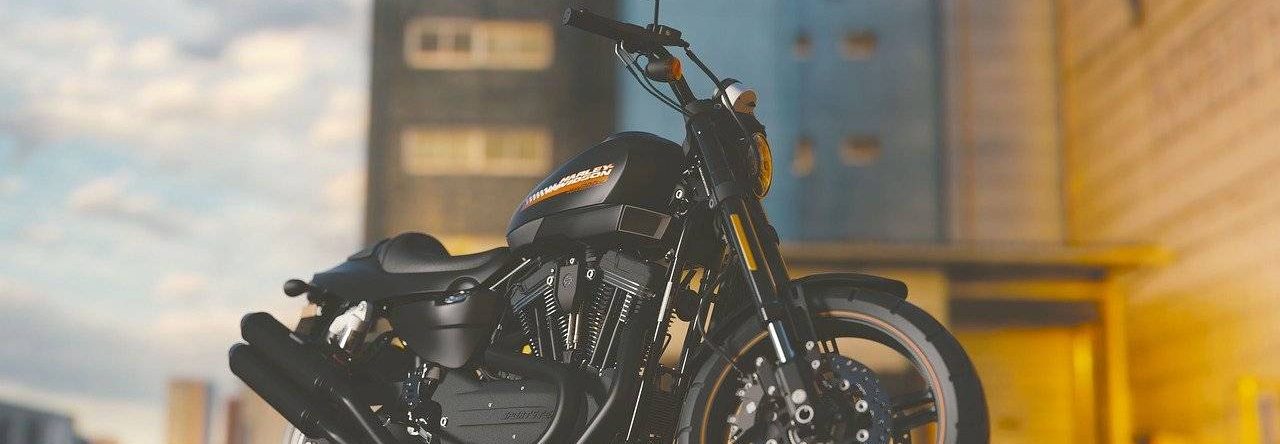If you ride a motorcycle, then probably you are okay with being exposed to more risk than the average human who uses public transport or their midsized car. However, purchasing a second-hand motorcycle exposes you to more risk than even enthusiasts are willing to take. When you get a new motorcycle, you are protected by a warranty, and all the parts are in good condition. With a used motorcycle, all these assurances go out of the window. So, if you still want to save some money by purchasing a used bike, there are few things you’ll want to keep in mind. Tips for Purchasing a Used Motorcycle:

1. Get the Right Type
It is easy for many used bike buyers to focus on the cheap kind of used motorcycles. However, just because a bike has an attractive price does not mean you should purchase it. Please think of the riding you do and the best motorcycle that can help you achieve it. If you usually make long point to point rides, hunching over the handles of a small sport bike isn’t the best way to enjoy a two-wheeled trip. So, keep your riding goals in mind when shopping for a motorcycle, whether used or not.
2. Buy From the Right Place
Getting a used motorcycle from a random person on Craigslist isn’t always a bad idea. Chances are you will save some cash in the process. However, where you purchase a used bike has a significant impact on the buying process, and so, it’s imperative to consider the ups and downs of varying places that sell used bikes.
Private sellers usually have the lowest prices as they do not have any overhead like showrooms. However, the same sellers won’t be able to provide a lot regarding protection through warranties, and you will need to pay cash or bring your own financing. Also, you will have to handle the paperwork on your own.
Purchasing a used bike from a dealer, on the contrary, gives you some consumer protection, a warranty, and even access to dealer financing. You can also be reasonably sure the motorcycle has undergone proper inspection before a sale, and the dealer can help you with the paperwork. Keep in mind that you’re likely to pay more for all these services, and it depends on you to decide if it’s worth it.
3. Perform a Test Ride
Similar to how you would not marry a person you have never been on a date with; do not purchase a used bike without taking it on a test ride. By test drive, we mean putting that two-wheeled machine through its paces. Ensure you ride it on as many different roads as possible. Run through all the gears several times and assess how manoeuvrable it is in tight spots. If you can do it safely, then take it to its limits. Pay attention to small issues that could become big in the future.
4. Research Pricing
Everyone shopping for a used bike is undoubtedly looking for one that doesn’t break their bank. However, motorcycle pricing tends to vary. When shopping for a used bike, spend some time researching pricing to ensure you get the best deal. Look at the brand, model, and year of the motorcycle you want and any modifications or common options. Next, look at various listings for the motorcycle you are eyeing to get an idea of what fair pricing entails. Remember that private sellers tend to be less expensive compared to dealers when it comes to used motorcycles. However, dealers will offer more in regards to consumer protection. Regardless, ensure you know what the motorcycle you have your eye on is worth and what you are willing to pay before purchasing it.
5. Get the Bike Inspected
You’ll also want to have the motorcycle inspected. Unless you are a professional bike mechanic, you’ll want to have it checked by an expert. During the inspection, take a closer look at the hoses and check for any fluid leaks. You’ll also want to pay attention to the wear and tear of things like the brake pads and tires. Look for indicators the motorcycle has been painted. This could be a sign that it was involved in a crash. Ideally, ensure that it can pass all safety or emissions inspections in your state.
6. Ensure the VINs Match
Just like cars, bikes have a VIN (Vehicle Identification Number). When purchasing a used motorcycle, you will want to ensure the VIN on the machine matches the one on the paperwork. Otherwise, you might end up purchasing the wrong motorcycle, worst-case scenario, a stolen one. You’ll also want to ensure the VINs on the different parts of the motorcycle match as well so that you do not end up purchasing a Harley with a Honda engine. If all the VINs do not match, walk away!
7. Know-How the Bike has Been Modified
Customizing or modifying motorcycles is one of the primary attractions to bike ownership for a good bunch. Custom chrome, drilled-out engine, and loud pipes are a common appeal to bike owners. If you are getting a used bike, you’ll want to ensure any modifications has been done properly. A custom seat or paint job is not a big deal, but other changes could substantially alter how a motorcycle performs or even be illegal in your region.
Before making the final decision, get all the documentation you can regarding modifications from the seller. Also, check if the modifications are legal in your state. Once ownership transfer is done, you will be on the hook for any changes done to the Bike, even if you were not responsible.
Also, read motorcycle safety tips for new riders.
